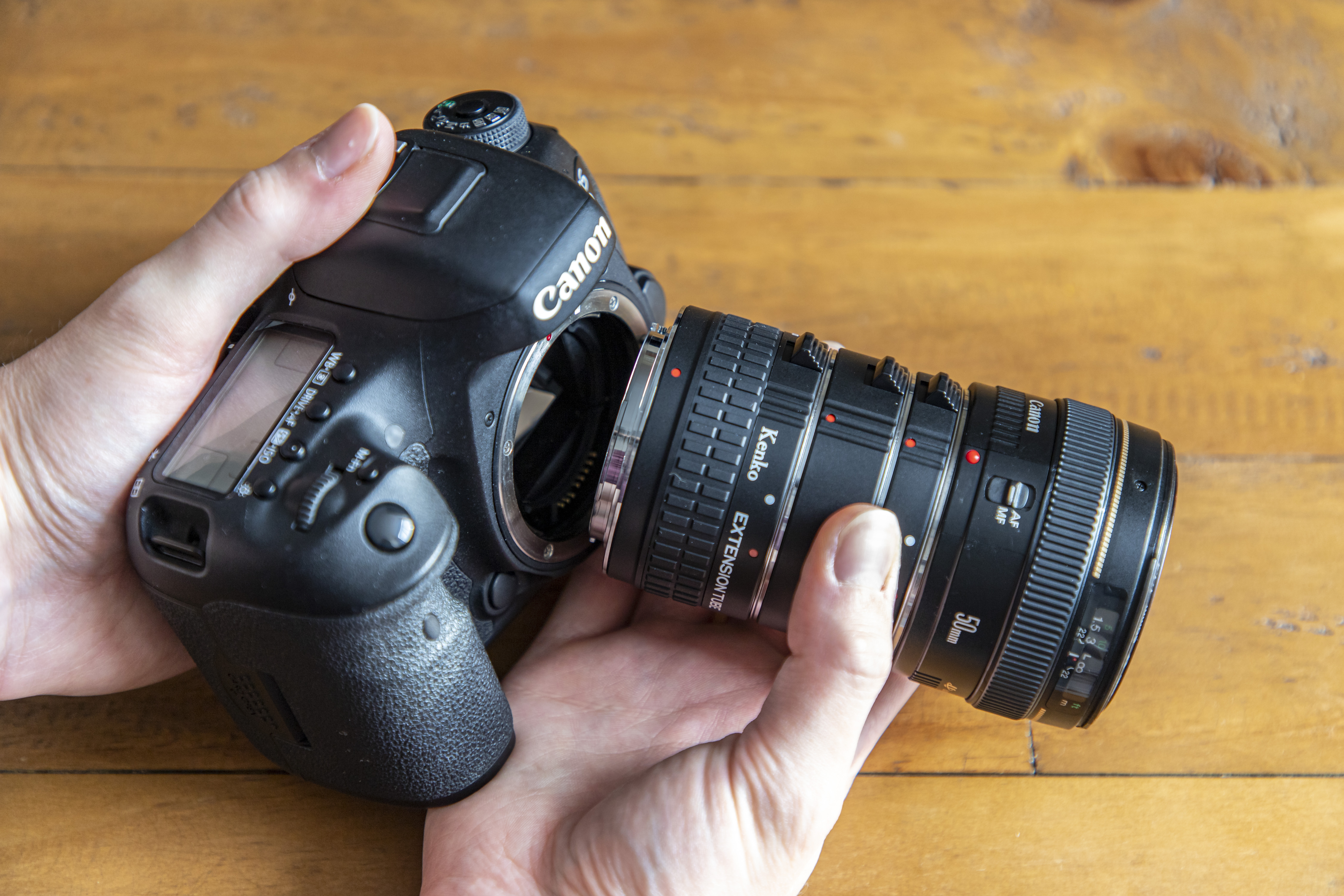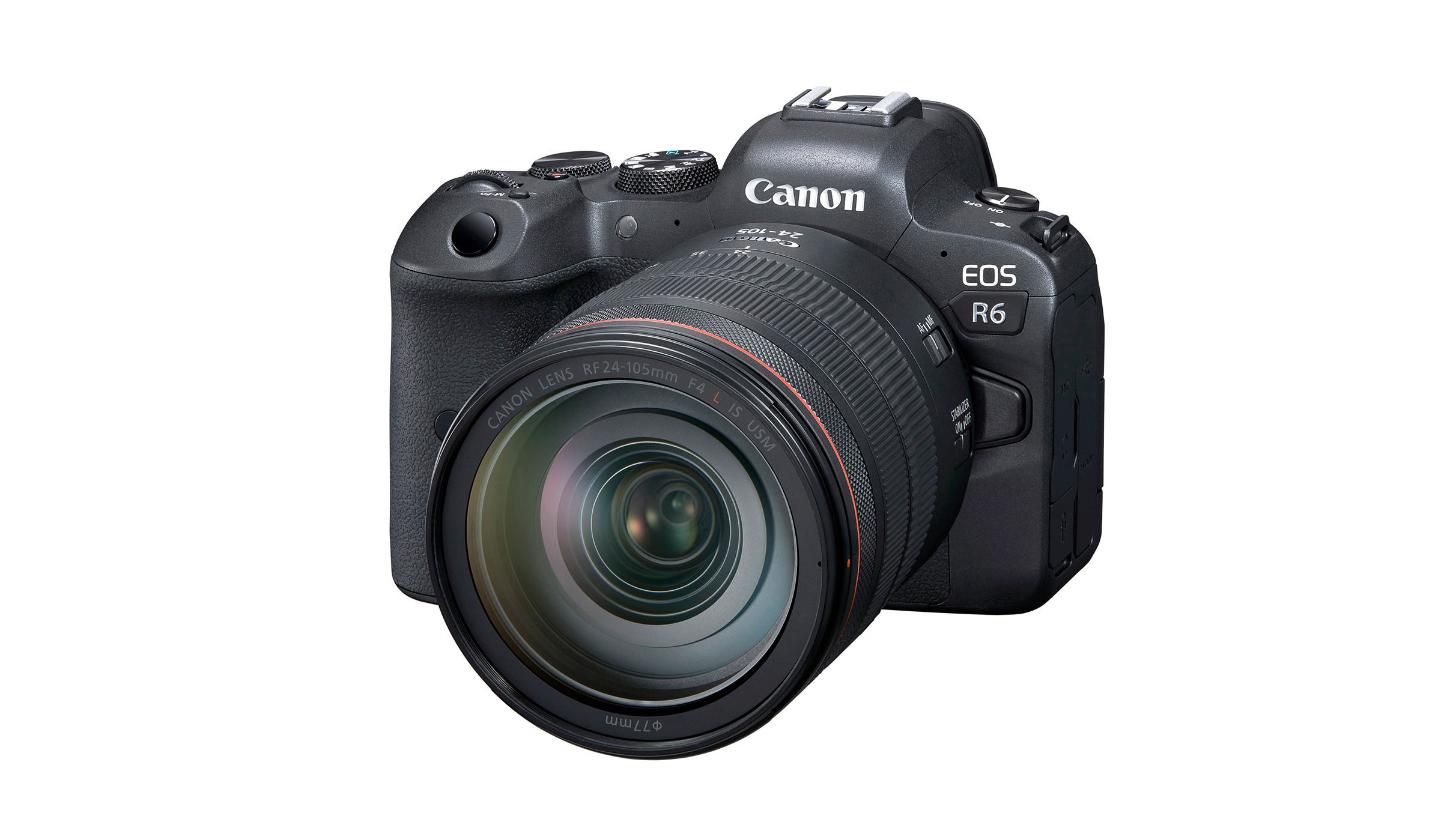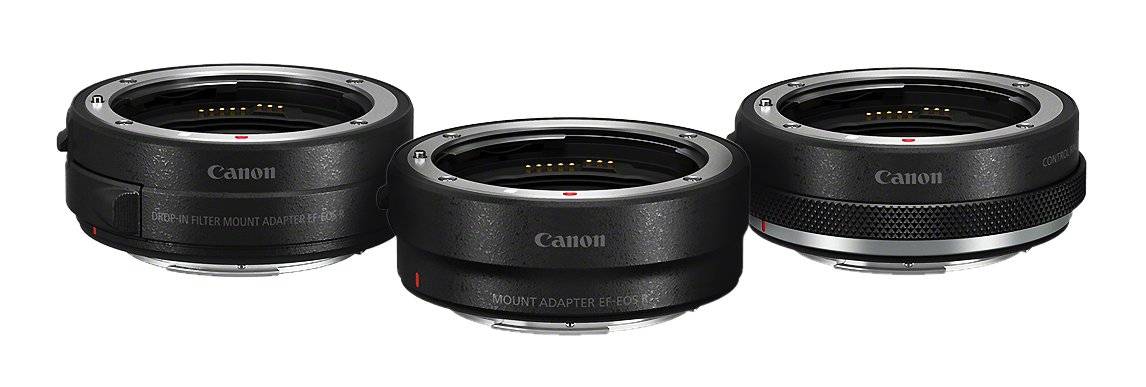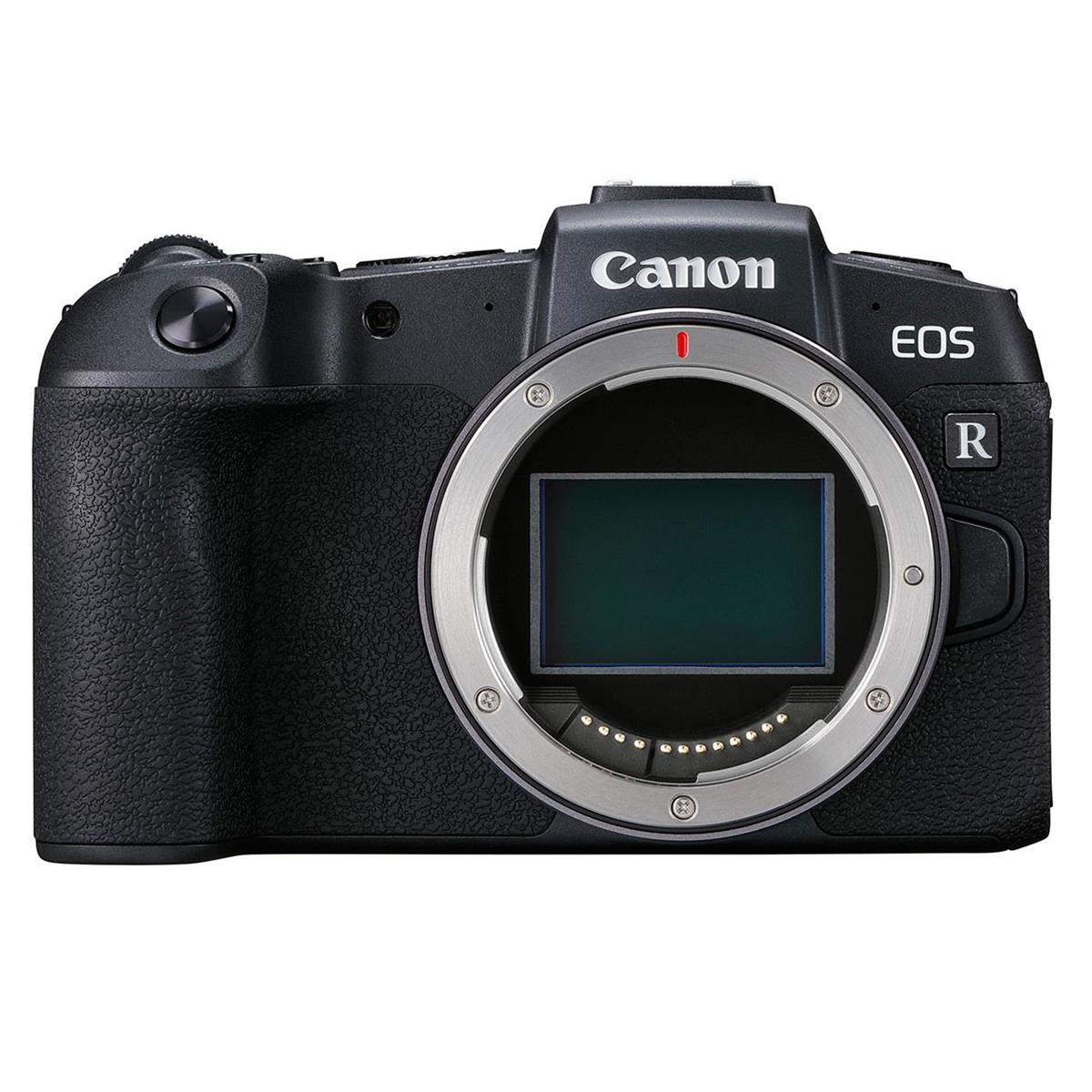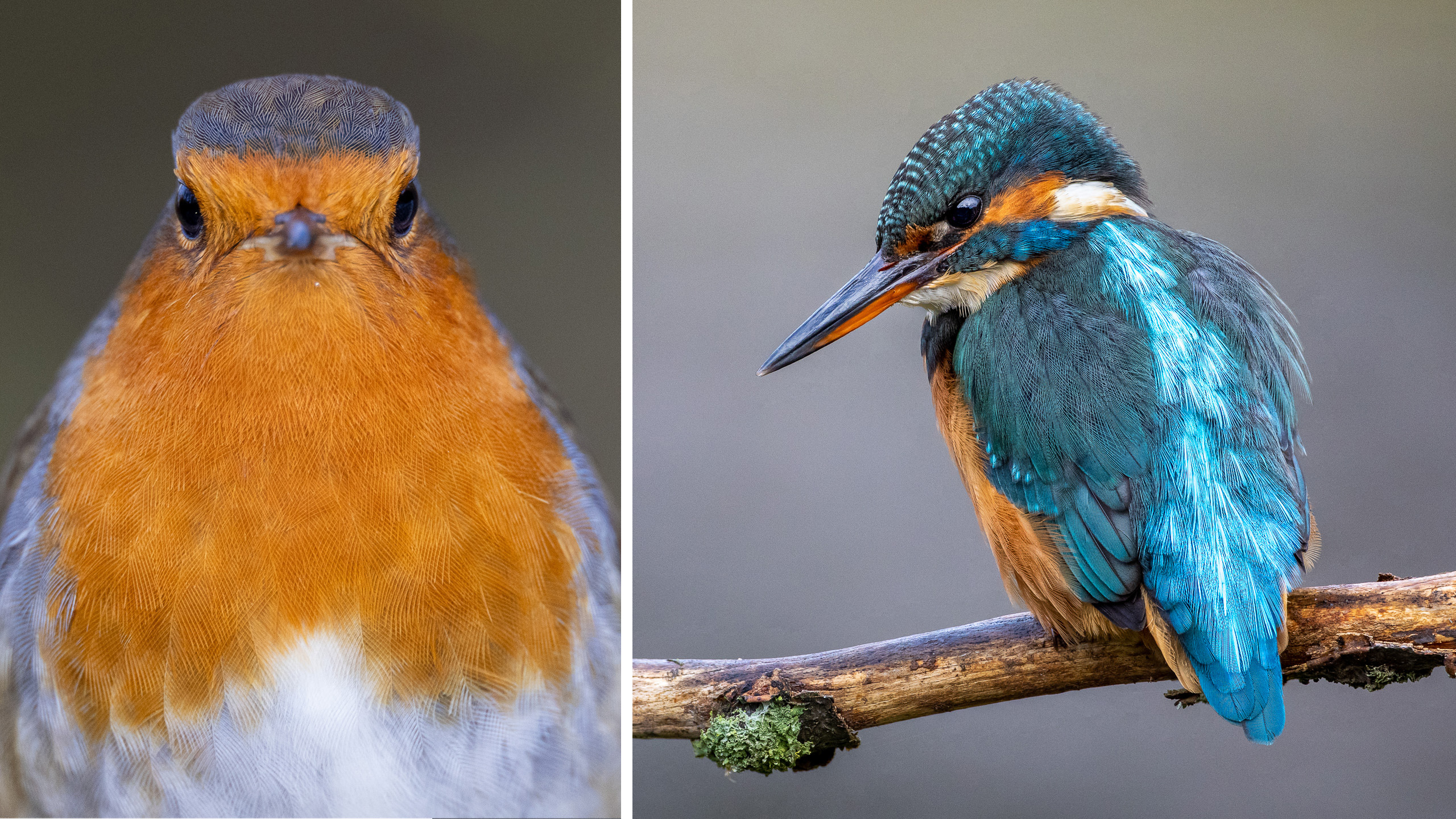
Looking to take better photographs of local wildlife, even in your back yard? Canon professional Oliver Wright recently shared 12 of his best tips for capturing great animal shots at The Photography Show: Spring Shoots.
Wright's main talk focused on using the technology in the Canon EOS R5 to capture stunning wildlife shots in his garden. When the floor opened to a Q&A from the show's delegates, he imparted some top tips that will help you get better pictures of wildlife. Oliver's website can be found here.
If you weren't able to catch all of the brilliant content at The Photography Show: Spring Shoots event, fear not – almost all of the talks, presentations, demonstrations and interviews from the weekend-long event are now available to view and rewatch, so be sure to check it out here.
• Read more: The Photography Show on demand
What are your top tips on locating kingfishers nesting sites and dive perches?
Walking by rivers and streams just looking for that blue flash. Remember, though, you can’t go anywhere near a kingfisher nest as they are Schedule 1 birds, and highly protected by the law, just so you know!
What shutter speed do you use for 4K or 8K video (if your intention is to extract a still image)?
It would be the same as if you were setting up to take still photo, if that makes sense. So the faster the event you are filming, the faster the shutter speed you would require.
A diving kingfisher you would need 1/6000 sec shutter speed to have any chance of getting a sharp enough shot, however such fast shutter speeds render the video useless for actual video playback, as video requires a slow shutter speed (usually around 1/25 sec, so it has a bit of motion blur in it that looks pleasing to the eye when watched back). So think of it more like a super-high burst rate; at 4K you're shooting 25fps and can extract an 8MP still from each of those frames.
The best camera deals, reviews, product advice, and unmissable photography news, direct to your inbox!
[On the Canon EOS R5, you can extract 35MP stills when shooting 8K video.]
Do you recommend extension tubes for macro work?
They are an essential piece of kit, never out of my camera bag, and I couldn't recommend them enough. By increasing the distance between the camera sensor and the lens they can turn a regular kit lens into a macro lens, and a macro lens into a super macro with incredible close-up capabilities.
Some extension tubes have connections that enable the lens to communicate with the camera body, while cheaper ones lack this and you'll need to do everything manually. Both are great depending on your budget and what you're looking to get out of them.
When shooting the skittish wolf spiders on your tripod, would using a scrim thrown over you help?
It could do but as the lens is so close to the spider it can’t see round it so as long as you only move the camera slowly should be okay.
What type of memory cards do you use to shoot your 4K video footage on the EOS R5? Is UHS-II necessary?
For the 4K slow-motion video you need to use the CFexpress cards, as it’s so much data to handle.
Does the Canon EOS R6 do the focus bracketing the same as the Canon R5?
It does! The Canon EOS R6, Canon EOS R and Canon EOS RP are all able to do focus bracketing.
Do you use your Canon EF lenses with an adaptor on your EOS R5 or would you buy a new set of RF lenses?
Currently I only have one RF lens, so have predominately been using the adapter [Canon Mount Adapter EF-EOS R] with my EF lenses as they're all still sharp and fast enough for me!
When do the starling murmuations stop?
Generally they run from October to the end of February or early March, so there's plenty of time to see them. Check on birdwatching websites regularly to find sightings local to you where you may be able to see them and take pictures.
Have you ever had problems with members of the public who turn out in big numbers for these events?
Quite a few people attended the Fairburn murmuration, but it’s a huge site and very spread out so wasn't an issue.
What camera would you recommend for a student photographer on a budget?
The Canon EOS RP is much cheaper and still a brilliant camera and is also mirrorless like my EOS R5, but is a more budget-friendly version so would be an excellent choice. Try to find out what lenses are available at the University so you know they'll be compatible with your camera body, though.
How long does the R5 take to do a focus bracketing procedure
In terms of focusing bracketing it's very quick. It will take 20 shots in a second, so if you set the bracket to 10 shots it’s done in half a second. It's so quick that I'm able to get a whole bunch of shots for focus stacking on wild animals like kingfishers, which aren't known for staying still for long and posing for pictures.
Do you use autofocus with the videos?
It depends. On a lot of them I do, but if I’m using the Canon MP-E 65mm f2.8 1-5x Macro lens there’s no focus system so it's all manual. I’m often using the eye detect on the videos when I'm using other lenses.
Read more:
Best Canon cameras
Canon EOS R5 review
Canon EOS R6 review
Canon EOS R review
Canon EOS RP review

In addition to being a freelance photographer and filmmaker, Dan is a bona fide expert on all things Canon and Adobe. Not only is he an Adobe-certified Photoshop guru, he's spent over 10 years writing for specialist magazines including stints as the Deputy Editor for PhotoPlus: The Canon Magazine, Technical Editor for Practical Photography and Photoshop Editor on Digital Photo.
